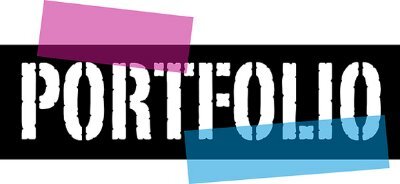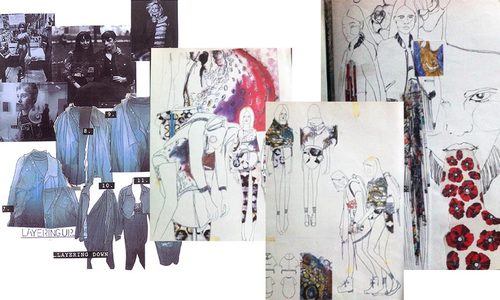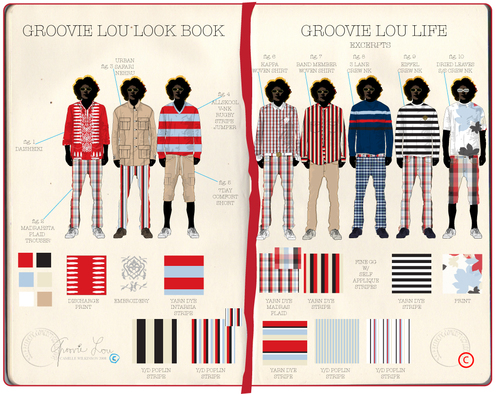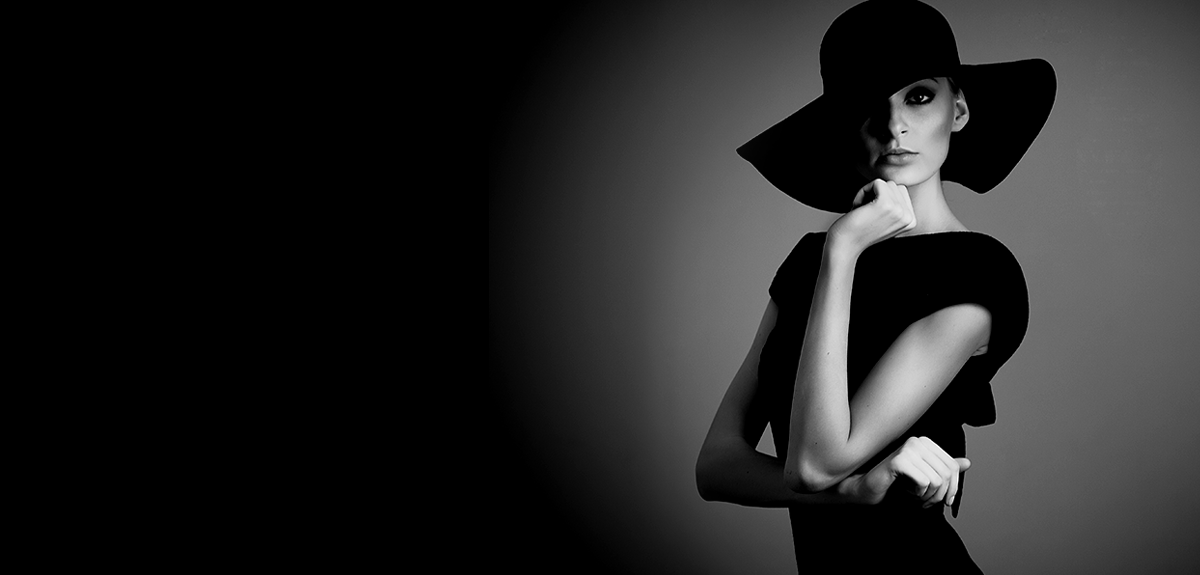almost 8 years ago

PORTFOLIOS
As the sayings go…
‘You never get a second chance to make a great first impression’
‘Always put your best foot forward’
This couldn’t be more appropriate when talking about the importance of portfolio’s when applying for design roles. I have been interviewing and hiring designers over the last 10 years, in my various guises and am often asked for tips on what makes a good portfolio.
There are a number of key things to consider; first and most important is remembering who will be looking at it and what they are looking for. There is nothing wrong with tailoring your portfolio specifically for the job you are applying for, I definitely encourage it. All you are doing is focusing a spotlight on what work you have done that you feel is the most appropriate and appeal the most, to the company you are applying to. It may take a little extra time to shuffle pages, add and delete pages to a portfolio each time, but the extra half hour could be the difference between getting an interview and not getting one.
You want them to mentally tick every box on their checklist, so if the job spec says they are looking for someone who designs jumpsuits, dresses and blouses, in woven and jersey. Then make sure your hit these points, add in your best jumpsuits, dresses and blouses, if you developed the print yourself, make a point of it, make sure the most relevant product is at the front of the portfolio so every page is ticking another box.
It may sound obvious, but do your research, know the company you are applying for, familiarize yourself with their product (online and in-store), know their demographic, who their competitors are, their brand adjacencies, who they look to for aspiration.

A few rules of thumb – Best/Most relevant product at the front. Product that isn’t relevant/ doesn’t relate to the job brief to the back – no problem including it if it is to show your versatility as a designer, but justify it’s inclusion to yourself, does it add to your portfolio? Does it demonstrate versatility? Can you talk about it in an interview if asked? Or does it pull focus from what you are trying to achieve?
If the role is specific ie, an Outerwear Designer, and the company only does outerwear, then filling your portfolio with images of other product you have done will just handicap you, it will put a question mark over how dedicated and focused you are on Outerwear. You want to make an easy yes to seeing you, because you meet all criteria, don’t overcomplicate things or dilute the impact of your portfolio by filling it full of inappropriate product, unrelated to the role.
If you are a young designer starting out, companies appreciate you will not have a lot of work in your portfolio and that most of this will be based on what you did in your degree, but once you have been working for a few years, this will be less relevant and most employers are not interested in seeing projects from Uni.

Prospective employers generally like to see and understand how you work. The best portfolio’s and presentations I have seen are when a Designer show the ‘Stories’ inspiration, from catwalk, street style, fashion blogs, trend reports, comp shops, magazines, defining the ‘story’ and the trend it is riding, some designers approach this like a design brief and list key shapes, fabrics, colour palette’s, trims, key print’s etc etc that fit into this story, and then will show their designs that sit into this ‘story’. This can of course be stuff that you have done for work or accounts you work on, but is also a great way to help you explore roles outside your own, to demonstrate your versatility.
A lot of out of work designers do this to show that they are still ‘current’ and understand the current trends and market. It can be a great way if you are working, for example, on Denim, but want to move into soft separates. Go into stores, do some research and analysis and design ‘your’ move on’s and how you would interpret the trends and where they will go. After all, a Designer is employed for their creative and commercial vision, prospective employers want to hear and see your opinion.
They have your portfolio, you have their attention, make the most of it, make it count, see it as the opportunity it is, don’t waste it.
Brenton Harper.

